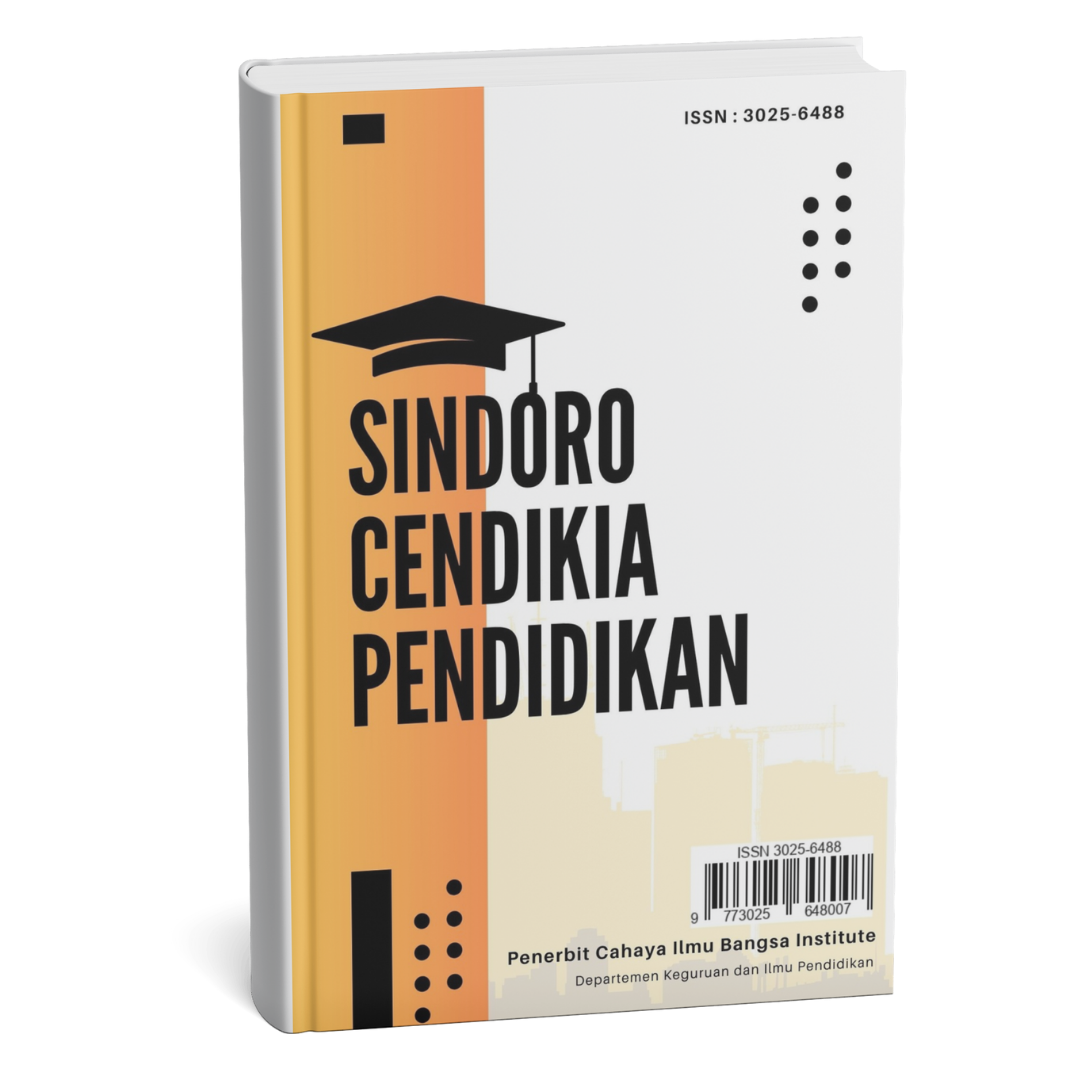AMBIGUOUS EXPRESSIONS: A SEMANTIC STUDY ON SLANG IN GEN Z NARRATIVE DIALOGUES
- Authors
-
-
Trinita Ivana Rumapea
Universitas HKBP Nommensen PematangsiantarAuthor -
Bernieke Anggita Ristia Damanik
Universitas HKBP Nommensen PematangsiantarAuthor
-
- Keywords:
- Semantics, Ambiguity, Slang, Gen Z, Narrative Dialogue
- Abstract
-
This study investigates the phenomenon of semantic ambiguity in narrative conversations among Generation Z. Ambiguity arises when a slang word or phrase may have more than one interpretation depending on context, speaker intention, or group understanding. The research uses a qualitative descriptive method with a semantic approach, focusing on 15 simulated narrative dialogues reflecting authentic Gen Z slang usage. Results show that ambiguous terms such as "slay," "cap," "fire," and "ghost" frequently cause misunderstanding without context-based clarification. Analysis reveals that ambiguity primarily stems from polysemy (62.5%), followed by homonymy (25%) and contextually fluid meanings (12.5%). This indicates a need for improved pragmatic awareness in both teaching and understanding informal digital discourse.
- Downloads
-
Download data is not yet available.
- Author Biographies
- References
-
Bucholtz, M. (2009). From stance to style: Gender, interaction, and indexicality in Mexican immigrant youth slang. In A. Jaffe (Ed.), Stance: Sociolinguistic Perspectives (pp. 146–170). Oxford University Press.
Chaer, A., & Agustina, L. (2010). Sosiolinguistik: Perkenalan awal. Rineka Cipta.
Coleman, J. (2012). The life of slang. Oxford University Press.
Cruse, D. A. (2000). Meaning in language: An introduction to semantics and pragmatics. Oxford University Press.
Crystal, D. (2006). Language and the internet. Cambridge University Press.
Djajasudarma, F. (2009). Semantik. Refika Aditama.
Eble, C. (1996). Slang and sociability: In-group language among college students. University of North Carolina Press.
Hurford, J. R., Heasley, B., & Smith, M. B. (2007). Semantics: A coursebook (2nd ed.). Cambridge University Press.
Lakoff, G., & Johnson, M. (1980). Metaphors we live by. University of Chicago Press.
Lyons, J. (1977). Semantics. Cambridge University Press.
Mey, J. L. (2001). Pragmatics: An introduction (2nd ed.). Blackwell Publishing.
Tarigan, H. G. (2011). Pengajaran semantik. Angkasa.
Traugott, E. C., & Dasher, R. B. (2001). Regularity in semantic change. Cambridge University Press.
Yule, G. (2020). The study of language (7th ed.). Cambridge University Press.
- Downloads
- Published
- 2025-06-29
- Section
- Articles
- License
-
This work is licensed under a Creative Commons Attribution-ShareAlike 4.0 International License.
How to Cite
Most read articles by the same author(s)
- Naomi Simanjuntak, Bernieke Anggita Ristia Damanik, THE SEMANTICS REVIEW ON THE ANALYSIS OF IDIOMS IN ZOOTOPIA FILM , Sindoro: Cendikia Pendidikan: Vol. 16 No. 8 (2025): Sindoro: Cendikia Pendidikan
- Tiondina Samosir, Bernieke Anggita Ristia Damanik, AN ANALYSIS OF DENOTATIVE AND CONNOTATIVE MEANINGS IN THE LYRICS OF 'FIX YOU' BY COLDPLAY , Sindoro: Cendikia Pendidikan: Vol. 16 No. 8 (2025): Sindoro: Cendikia Pendidikan
Similar Articles
- Sri Aini, Yullys Helsa, MENGENAL MODEL PEMBELAJARAN BERBARIS PROBLEM BASED LEARNING DI SEKOLAH DASAR , Sindoro: Cendikia Pendidikan: Vol. 14 No. 12 (2025): Sindoro Cendikia Pendidikan
- Achmad Daulah Rahmatullah, Latif Nur Hasan, IMPLEMENTASI NILAI-NILAI ETIKA MINANGKA SOLUSI DEKADENSI MORAL GENERASI MUDA PERSPEKTIF SERAT SRUTI , Sindoro: Cendikia Pendidikan: Vol. 17 No. 7 (2025): Sindoro Cendikia Pendidikan
- Ratna Dewi, Hanna Putri Indriyani, Muamalah Muamalah, ANALISIS MINAT MENULIS DONGENG SASTRA PADA SISWA KELAS VI SDN CILAMPANG, KOTA SERANG , Sindoro: Cendikia Pendidikan: Vol. 15 No. 1 (2025): Sindoro Cendikia Pendidikan
- Elza Zakiah Fitrah, Indah Dwi Sartika, PENGARUH PENGGUNAAN GAME MARBEL TERHADAP KEMAMPUAN MENGENAL ANGKA PADA ANAK USIA DINI , Sindoro: Cendikia Pendidikan: Vol. 17 No. 7 (2025): Sindoro Cendikia Pendidikan
- Niken Ayu Puspita, Dani Setiawan, Putri Adelia Nur Salsabila, PENGEMBANGAN MEDIA POP UP BOOK PANCASILA PADA MATERIMENGENAL LAMBANG NEGARA GARUDA PANCASILA UNTUK SISWAKELAS III SEKOLAH DASAR , Sindoro: Cendikia Pendidikan: Vol. 15 No. 2 (2025): Sindoro Cendikia Pendidikan
- Nur aini Nur aini, Agus Lestar, URGENSI PEMANFAATAN TEKNOLOGI DALAM MEMBANGUN MINAT BELAJAR SISWA DI SEKOLAH , Sindoro: Cendikia Pendidikan: Vol. 15 No. 3 (2025): Sindoro Cendikia Pendidikan
- Liber Sianipar, Supardi U. S., ANALISIS PERSEPSI GURU SEKOLAH DASAR MENGENAI PENGAJARAN STEAM: STUDI KASUS DI JAKARTA , Sindoro: Cendikia Pendidikan: Vol. 17 No. 8 (2025): Sindoro Cendikia Pendidikan
- Nur Mafaza Karima, Nadia Ulya Wahidah, Nauroh Maulidiyah, M. Yunus Abu Bakar, EKSPLORASI MAZHAB TEORI BELAJAR: BEHAVIORISTIK, KOGNITIFISTIK, KONSTRUKTIFISTIK, GENERATIF, DAN HUMANISTIK DALAM PENDIDIKAN , Sindoro: Cendikia Pendidikan: Vol. 15 No. 5 (2025): Sindoro Cendikia Pendidikan
- Rahma Nuril Fariha, MENGENAL PERKEMBANGAN ANAK SEKOLAH DASAR DAN CARA MENDUKUNGNYA , Sindoro: Cendikia Pendidikan: Vol. 17 No. 8 (2025): Sindoro Cendikia Pendidikan
- Setiyawan Setiyawan, Febri Puja Rahayu, PEMBELAJARAN PENGENALAN GENDER DI SDN 1 MUTIHAN , Sindoro: Cendikia Pendidikan: Vol. 15 No. 5 (2025): Sindoro Cendikia Pendidikan
You may also start an advanced similarity search for this article.






